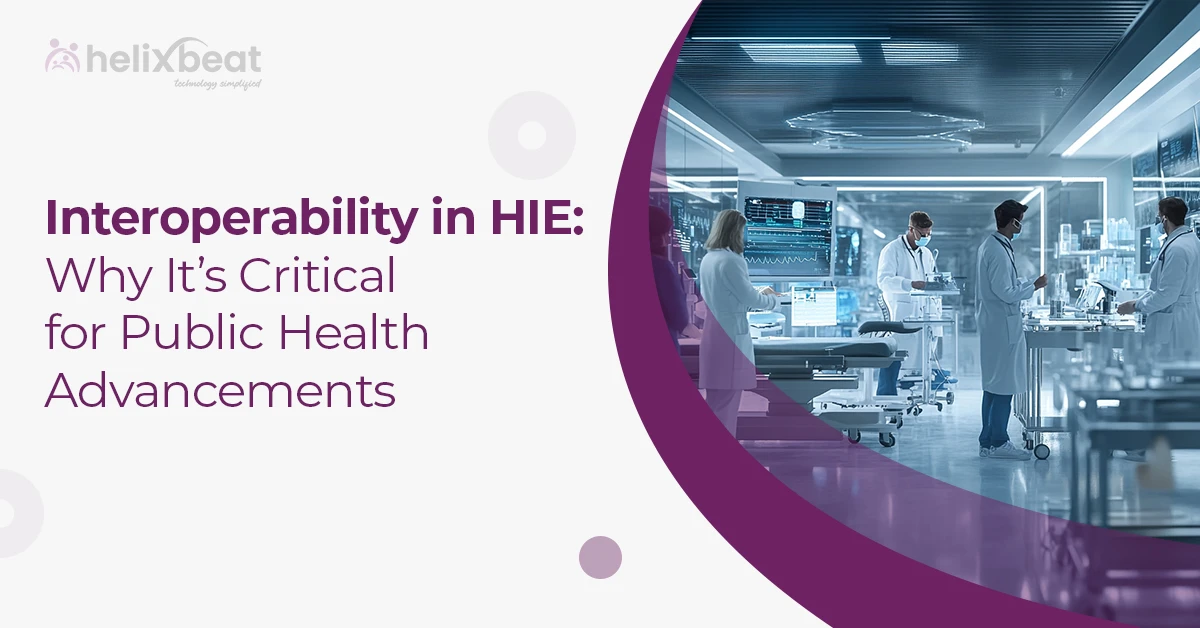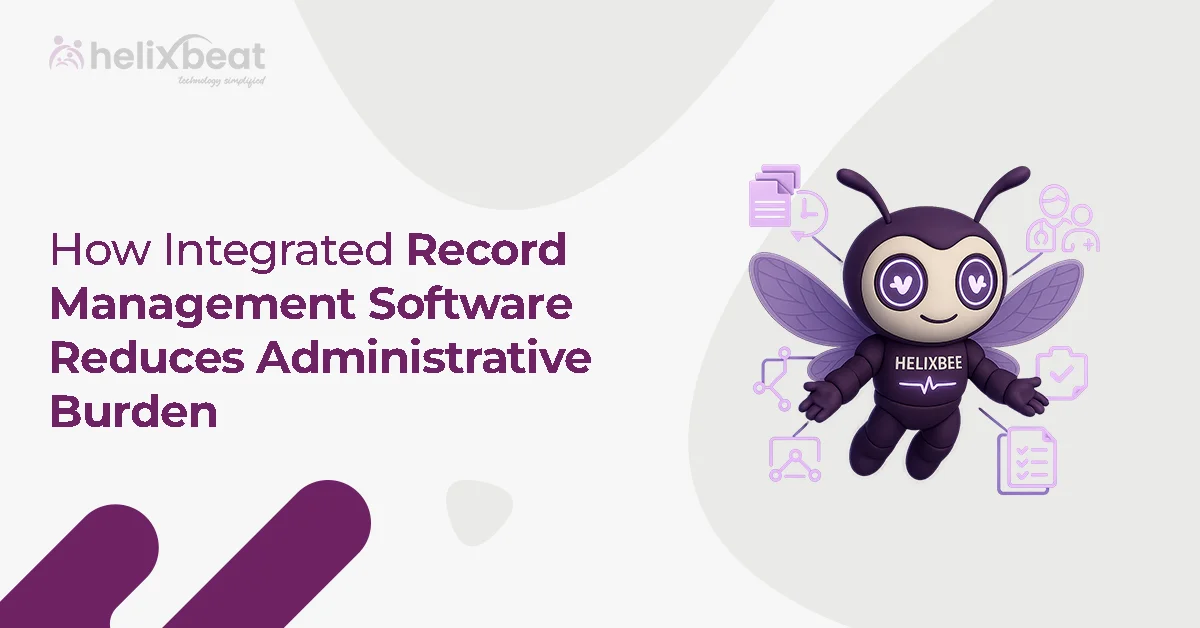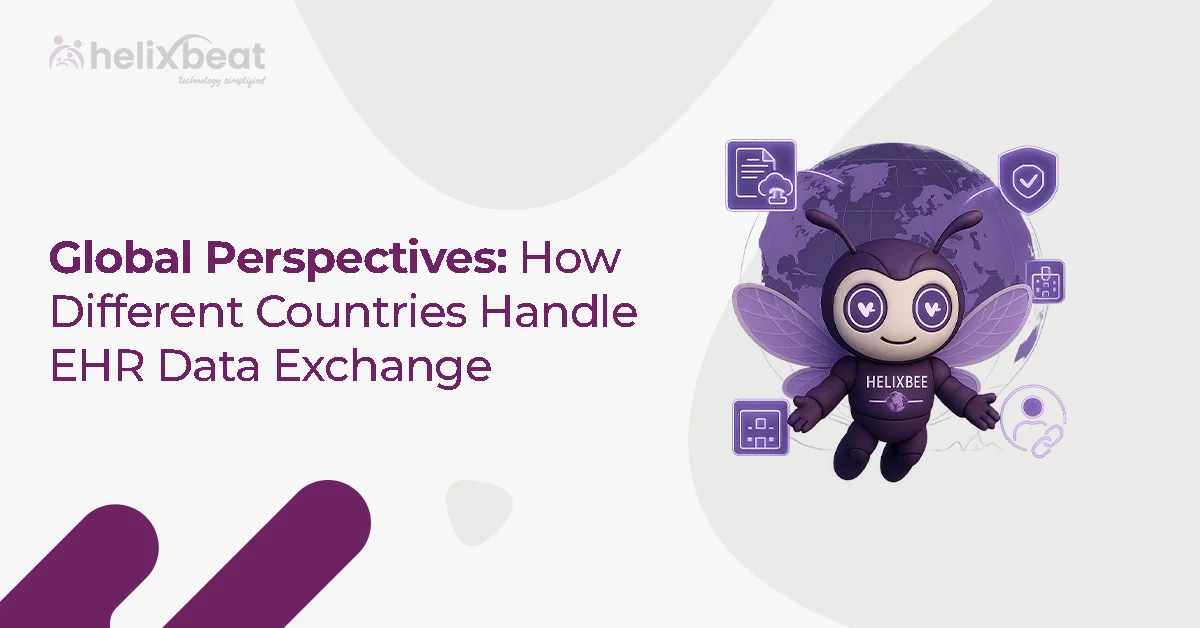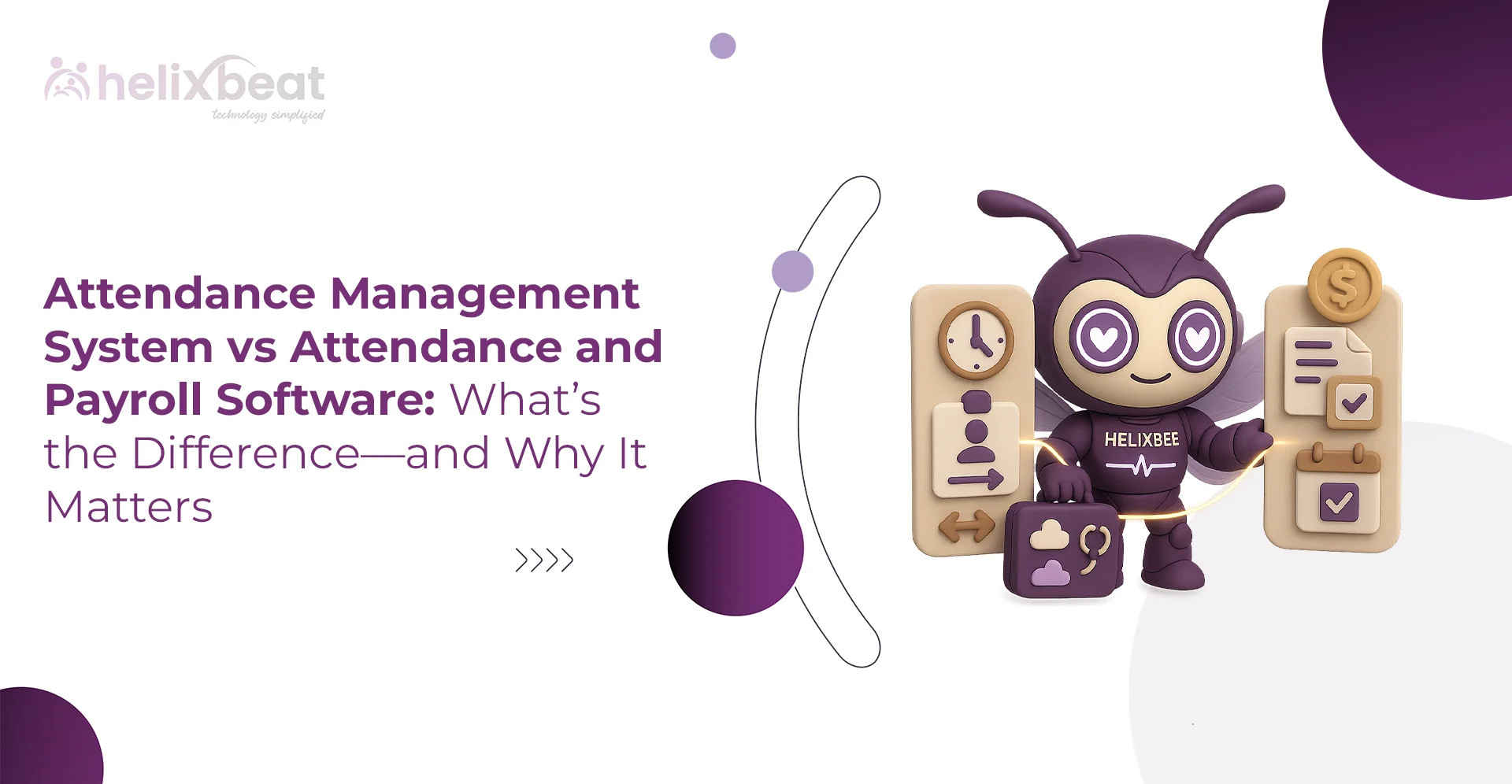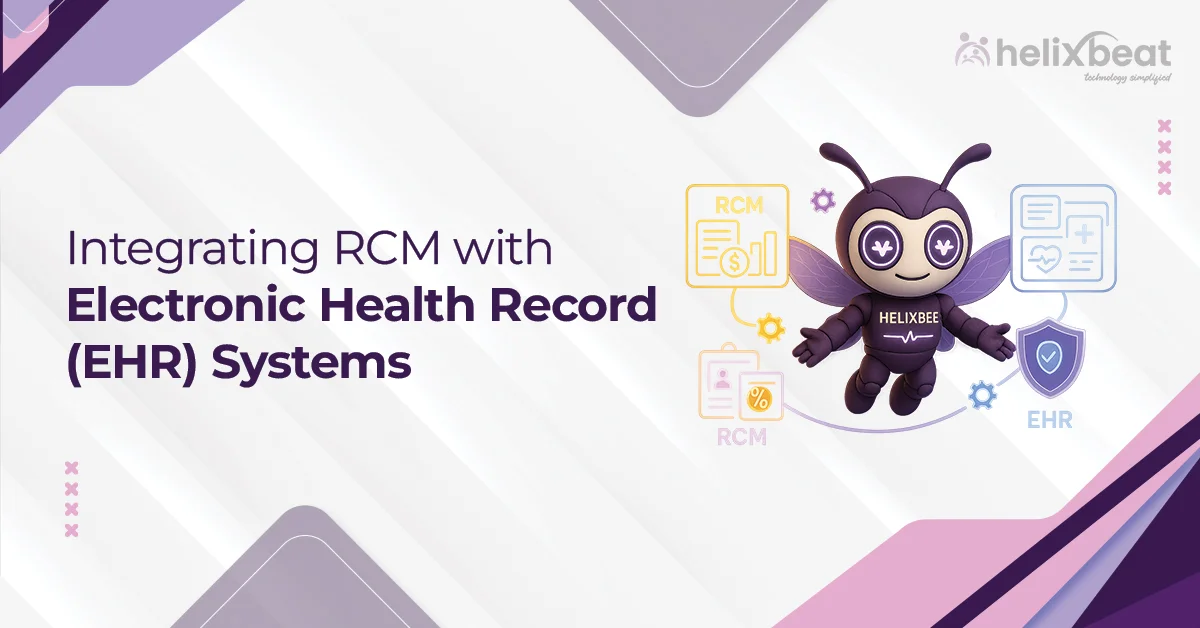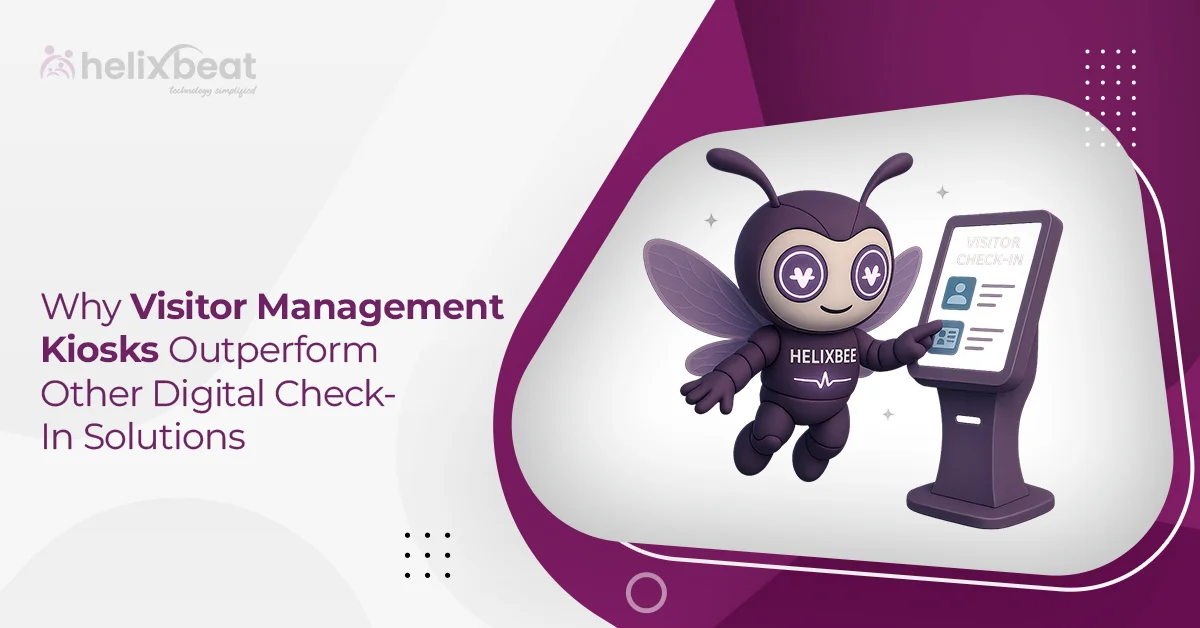Imagine a patient walks into an emergency room in a new city, but their medical history is locked away in a system hundreds of miles away. This is the challenge Health Information Exchanges (HIEs) aim to solve—by connecting healthcare providers and making patient data available when and where it’s needed most.
But here’s the catch: HIEs can only be truly effective if they operate within a seamless, interoperable network. It’s not just about transferring patient records between hospitals and clinics—it’s about revolutionizing how healthcare responds to crises, enhances patient care, and fuels medical innovation. In this blog, we explore how interoperability is the key to unlocking the full power of HIEs.
Table of Contents
The Role of HIEs in Public Health
HIEs serve as digital networks that facilitate the exchange of health information across providers, hospitals, and government agencies. By aggregating data from various sources, HIEs help build a comprehensive patient history that facilitates better treatment decisions, reduces redundant tests, and improves healthcare efficiency.
Public health initiatives rely heavily on data to track disease outbreaks, manage vaccination programs, and conduct epidemiological research. Without interoperability, data silos hinder these efforts, making it difficult to get a clear picture of health trends and potential threats.
Key Challenges of Achieving Interoperability in HIE
While the benefits of interoperability are evident, achieving it within HIEs is not without its challenges. Some of the primary obstacles include:
1. Data Standardization Issues: Different healthcare systems use varying formats, terminologies, and coding systems for patient records. Without standardized data models, transferring information between providers becomes difficult and error-prone.
2. Security and Privacy Concerns: With increasing cyber threats, maintaining the security of shared health data is a major concern. Therefore, robust encryption methods and strict access controls are necessary to protect sensitive patient information while allowing authorized access for legitimate healthcare purposes.
3. Resistance to Change: Many healthcare providers still rely on legacy systems that are not designed to communicate with modern digital platforms. However, transitioning to interoperable systems requires investments in technology and staff training, which some organizations may hesitate to undertake.
4. Lack of Unified Regulations: Although HL7 has introduced standards like FHIR to facilitate interoperability, many healthcare institutions operate under different guidelines, which leads to inconsistencies in data-sharing protocols.

Why Interoperability in HIEs is
Critical for Public Health Advancements
Interoperability in HIEs has far-reaching implications for public health. By facilitating efficient data exchange, it enhances healthcare delivery in the following ways:
1. Faster Disease Surveillance and Response
Public health agencies depend on real-time data to monitor and respond to outbreaks. An interoperable HIE system allows health officials to detect emerging disease patterns and take timely action quickly. For example, if a pandemic happens, interoperable systems can highlight rapid tracking of case numbers, testing rates, and vaccination coverage across different regions.
2. Improved Care Coordination
Interoperability enables healthcare providers to access a patient’s complete medical history. This is particularly valuable for patients with chronic conditions who receive care from multiple specialists. When different providers share critical health information, patients receive more comprehensive and effective treatment.
3. Strengthened Preventive Care Initiatives
With interoperability, healthcare organizations can develop targeted preventive care programs with better access to population health data. As a result, data analysts can identify trends in conditions such as diabetes, heart disease, and mental health disorders, thus leading to proactive interventions that improve overall public health outcomes.
4. Advancement in Health Equity
Health disparities remain a major concern in many communities. However, interoperability in HIEs can help analyze social determinants of health, such as access to care, economic factors, and environmental influences. By integrating this data, public health officials can develop strategies to address inequities and improve healthcare accessibility for underserved populations.
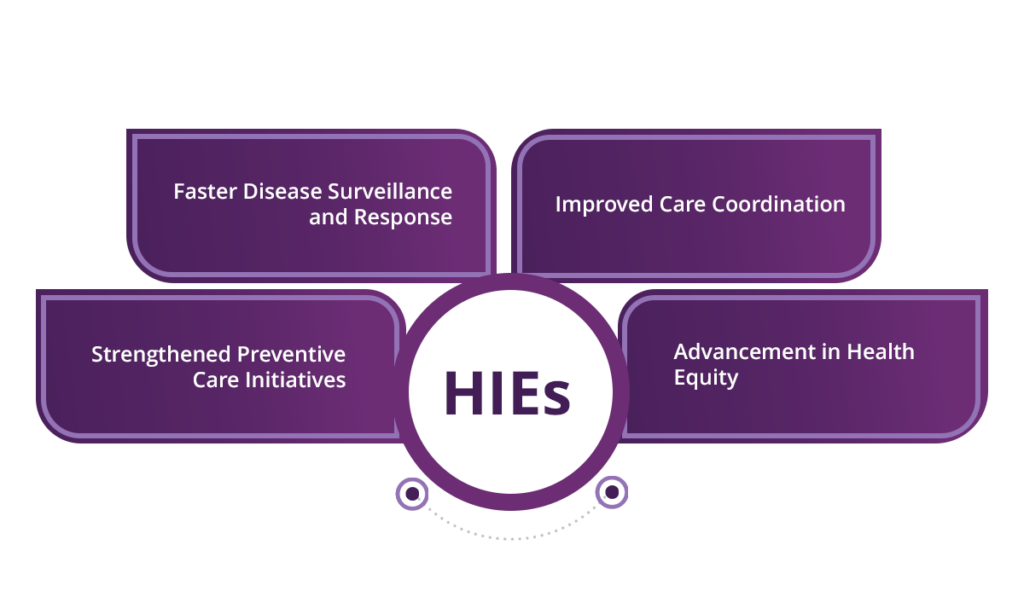
How AERIS Can Help Achieve Interoperability in HIEs
1. Implementing FHIR and HL7 Standards
AERIS adopts Fast Healthcare Interoperability Resources (FHIR) and HL7 frameworks to standardize data exchange across healthcare systems. By aligning with these widely recognized standards, AERIS enables seamless interoperability in HIEs, allowing them to share and retrieve patient information efficiently.
2. Facilitating API-Driven Data Exchange
AERIS integrates Application Programming Interfaces (APIs) to act as secure communication channels between disparate healthcare systems. This API-driven approach supports real-time data exchange, thus enhancing collaboration among providers and improving access to comprehensive patient records within Health Information Exchanges (HIEs).
3. Strengthening Data Security
AERIS incorporates advanced encryption methods, robust access controls, and comprehensive audit trails to protect patient data while supporting interoperability. These security measures help mitigate risks associated with data breaches and unauthorized access, thus maintaining the integrity of shared health information.
4. Empowering Healthcare Professionals and IT Teams
Successful interoperability extends beyond technology—it requires informed users. That’s why Helixbeat provides healthcare professionals with resources on our solutions to integrate and manage systems effectively.

Final Words
Interoperability in HIEs is more than just a convenience—it’s necessary for advancing public health. By enabling real-time data exchange, interoperability strengthens disease surveillance, enhances care coordination, and drives equitable healthcare solutions. However, achieving seamless interoperability requires overcoming challenges like data standardization, security concerns, and regulatory inconsistencies.
This is where AERIS makes a difference. By leveraging FHIR and HL7 standards, API-driven data exchange, and advanced security protocols, AERIS ensures that HIEs can move beyond fragmented systems and create a truly connected healthcare ecosystem.
If you’re ready to transform your HIE with seamless interoperability, discover how AERIS can optimize your healthcare data exchange.
FAQs
1. What is Health Information Exchange (HIE)?
HIE is a system that allows healthcare providers, hospitals, and government agencies to securely exchange patient health records electronically, improving care coordination and public health initiatives.
2. Why is interoperability important in HIEs?
Interoperability enables seamless data exchange between different healthcare systems, helping providers access accurate patient histories, improving care coordination, and supporting public health responses.
3. What are the main challenges in achieving interoperability in HIEs?
Some major challenges include data standardization issues, security and privacy concerns, resistance to adopting new technology, and the lack of unified regulatory frameworks.
4. How does interoperability in HIEs help in disease surveillance?
Interoperability allows public health agencies to track disease outbreaks in real time, enabling faster response times, better resource allocation, and effective containment strategies.
5. How does data standardization impact interoperability in healthcare?
Standardizing data formats, coding systems, and terminologies helps different healthcare systems communicate efficiently, reducing errors and improving patient data accuracy.
6. What role do FHIR and HL7 standards play in interoperability?
FHIR and HL7 are widely accepted frameworks that help standardize health data exchange, making it easier for different healthcare IT systems to share patient records effectively.
7. How does interoperability support preventive healthcare programs?
By aggregating population health data, interoperable HIEs allow healthcare organizations to identify trends in chronic diseases and develop targeted preventive care initiatives.
8. What security measures are necessary for maintaining interoperability in HIEs?
Robust encryption, controlled access, audit trails, and secure APIs are essential to protect patient data while allowing authorized healthcare providers to access necessary information.
9. How does AERIS improve interoperability in HIEs?
AERIS facilitates interoperability by implementing FHIR and HL7 standards, enabling API-driven data exchange, strengthening security protocols, and providing resources for healthcare IT teams.
10. How does interoperability help in achieving health equity?
By integrating social determinants of health data, HIEs can highlight disparities in healthcare access, thus helping policymakers and providers develop solutions for underserved communities.



